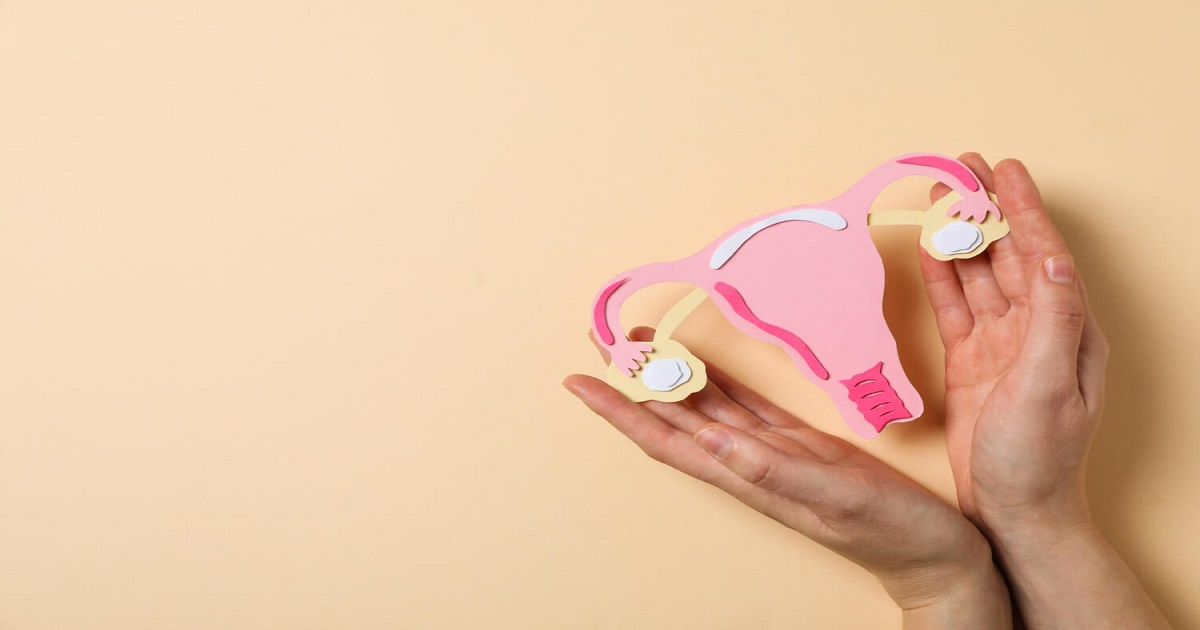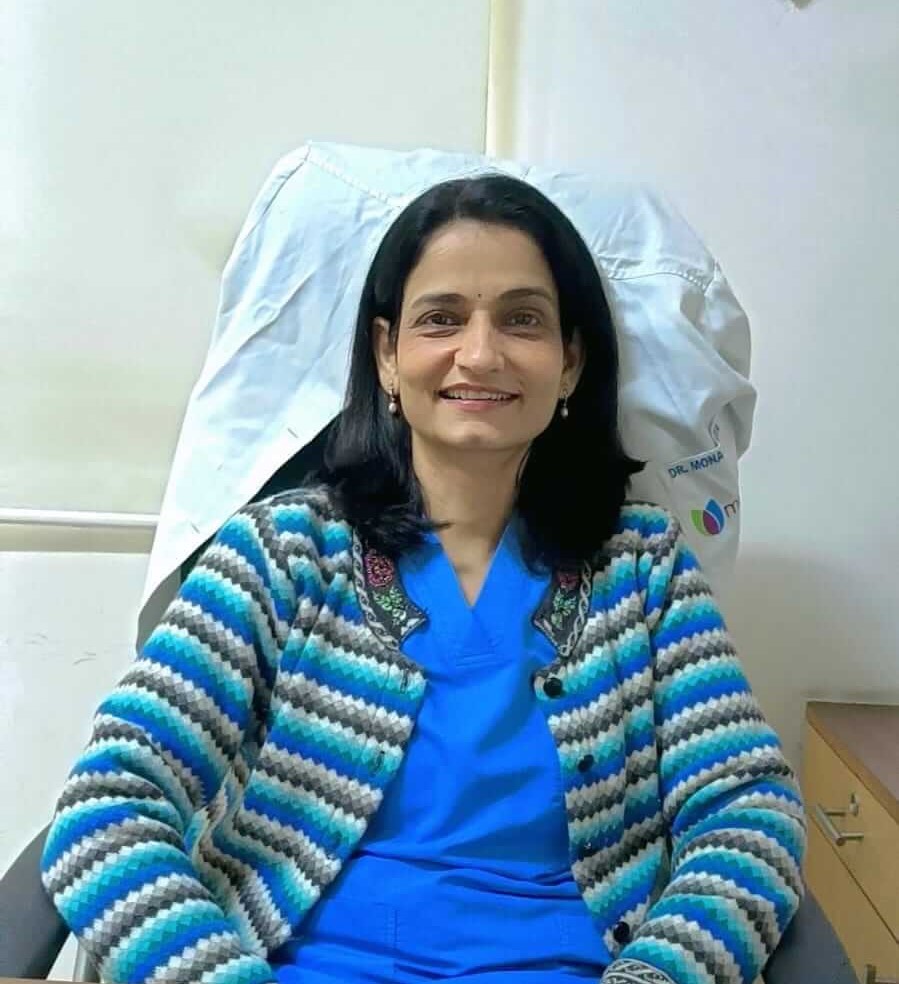Introduction
In the world of fertility treatments, one significant step that plays a pivotal role in the success of in vitro fertilization (IVF) is ovarian stimulation. It’s a process designed to enhance the chances of pregnancy by coaxing the ovaries into producing multiple eggs. This article will delve into the fascinating realm of controlled ovarian stimulation in IVF, exploring who may benefit from it, when it is used, and why it’s crucial in the journey to parenthood.
What is Ovarian Stimulation?
Ovarian stimulation is used in IVF to encourage the ovaries to produce multiple mature eggs, significantly increasing the chances of successful conception. In a natural menstrual cycle, a woman usually produces a single egg. However, in IVF, the goal is to obtain several eggs to increase the chances of successful fertilization and embryo development.
What is Controlled Ovarian Stimulation in IVF?
Controlled ovarian stimulation is a delicately orchestrated process that involves a combination of fertility medications. These medications, such as gonadotropins and follicle-stimulating hormones (FSH), are administered via injections over a period of several days. The dosage and duration are carefully tailored for each individual based on factors like age, ovarian reserve, and medical history.
The medications mimic the body’s natural hormones and stimulate the growth and maturation of multiple follicles in the ovaries. Each follicle contains an egg, and the goal is to have several matured eggs available for retrieval during the IVF procedure.
Who Needs Ovarian Stimulation?
Ovarian stimulation is not a one-size-fits-all approach. It is recommended for women who face challenges in producing eggs naturally or those who may not be ovulating regularly. Additionally, women with diminished ovarian reserve or certain medical conditions may require stimulation to enhance their chances of conception through IVF.
- Women with Irregular Ovulation: For women with irregular menstrual cycles or conditions like polycystic ovary syndrome (PCOS), ovulation can be unpredictable. Ovarian stimulation helps regulate ovulation and improves the likelihood of retrieving mature eggs.
- Diminished Ovarian Reserve: As women age, their ovarian reserve, the quantity, and quality of eggs, diminishes. Ovarian stimulation can help boost the number of eggs available for retrieval, increasing the chances of obtaining viable embryos.
- Blocked Fallopian Tubes: In cases where the fallopian tubes are blocked or damaged, IVF provides an alternative pathway for fertilization. Ovarian stimulation ensures multiple eggs are available for retrieval to maximize the chances of successful fertilization.
- Male Factor Infertility: When male fertility issues are present, using a higher number of eggs through ovarian stimulation can overcome the obstacles posed by low sperm count or motility.
- Unexplained Infertility: In cases where the cause of infertility remains unexplained, IVF with ovarian stimulation can offer hope by bypassing any underlying issues.
When Ovarian Stimulation Is Used?
Ovarian stimulation is a well-timed process, carefully synchronized with the woman’s natural menstrual cycle or a controlled cycle using hormone medications. The timeline is crucial to ensure the eggs reach optimal maturity before retrieval.
- Baseline Assessment: Before starting ovarian stimulation, a comprehensive assessment is conducted to determine the appropriate protocol. This involves assessing the woman’s hormone levels and conducting an ultrasound to evaluate the ovaries.
- Initiating Stimulation: Once the baseline assessment is complete, the stimulation phase begins. Fertility medications are administered as injections, and their dosage is adjusted based on how the ovaries respond.
- Monitoring Progress: Regular monitoring through blood tests and ultrasounds is crucial during the stimulation phase. This helps the fertility team adjust the medication dosage to achieve the best possible outcome.
- Triggering Ovulation: When the follicles reach the desired size, a final injection known as the “trigger shot” is administered to induce ovulation within a specific timeframe.
- Egg Retrieval: Approximately 36 hours after the trigger shot, the eggs are ready for retrieval. A minor surgical procedure, usually performed under anesthesia, is conducted to collect mature eggs from the ovaries.
- Fertilization and Embryo Transfer: The retrieved eggs are then fertilized with sperm in the laboratory. After a few days of development, one or more healthy embryos are transferred into the woman’s uterus for potential implantation and pregnancy.
Also Read: Ovulation Induction: Procedure, Medications & Risks
How Ovarian Stimulation Works?
The process involves a carefully orchestrated sequence of steps:
Step 1: Understanding the Menstrual Cycle
Ovarian stimulation starts with a deep understanding of the woman’s natural menstrual cycle. Typically, a woman produces one egg per menstrual cycle. However, in IVF, multiple eggs are needed for better success rates. Hence, fertility specialists administer medications to override the natural cycle.
Step 2: Fertility Medications
The next phase involves the administration of fertility medications. These medications, usually in the form of injections, stimulate the ovaries to produce more follicles, each containing an egg. FSH (Follicle-Stimulating Hormone) and LH (Luteinizing Hormone) are commonly used medications to achieve this.
Step 3: Monitoring Progress
Throughout the stimulation process, the woman’s response to the medications is closely monitored. Regular ultrasounds and hormone level tests help fertility specialists adjust the dosage if necessary.
Step 4: Triggering Ovulation
When the follicles have reached an optimal size, a final injection called the “trigger shot” is given. This injection precisely times the release of the mature eggs from the follicles, making it easier to schedule the egg retrieval procedure.
Step 5: Egg Retrieval
Approximately 36 hours after the trigger shot, the egg retrieval procedure takes place. This is a minor surgical procedure where a thin needle is inserted into the ovaries to collect the matured eggs.
Step 6: Fertilization and Embryo Transfer
The retrieved eggs are then fertilized with sperm in the laboratory. Once fertilization occurs, the resulting embryos are carefully monitored for several days before being transferred into the woman’s uterus. If successful, implantation occurs, and pregnancy can follow.
Also Read: Ovulation Meaning in Hindi
Advantages of Ovarian Stimulation:
Ovarian stimulation offers several advantages that have revolutionized fertility treatments and given hope to countless couples:
- Improved Success Rates: By obtaining multiple mature eggs, ovarian stimulation significantly enhances the success rates of IVF. More embryos mean more chances of successful implantation.
- Personalization: Each woman’s response to ovarian stimulation can vary. Fertility specialists customize the treatment plan based on individual factors, such as age, ovarian reserve, and medical history, to optimize outcomes.
- Controlled Timing: Ovarian stimulation allows fertility specialists to control the timing of egg retrieval precisely. This ensures that mature eggs are available for fertilization at the most opportune moment.
- Single Treatment, Multiple Cycles: During one ovarian stimulation cycle, several eggs can be retrieved. Any extra embryos can be cryopreserved (frozen) for future use, allowing for additional attempts without the need for further stimulation.
- A Ray of Hope: For couples who have faced years of disappointment, ovarian stimulation offers hope. It opens up possibilities that were once deemed unattainable, reigniting the flicker of hope for a long-awaited family.
Side Effects of Ovarian Stimulation:
While ovarian stimulation has transformed fertility treatments, it’s essential to be aware of potential side effects:
- Ovarian Hyperstimulation Syndrome (OHSS): In some cases, the ovaries may overreact to the medications, leading to OHSS. This condition can cause abdominal pain, bloating, and, in severe cases, fluid accumulation in the abdomen and chest. However, OHSS is rare and usually mild.
- Multiple Pregnancy: The success of ovarian stimulation means that multiple embryos can be transferred during IVF, leading to the possibility of a multiple pregnancy (e.g., twins or triplets). While a blessing for some, multiple pregnancies can carry higher health risks for both the mother and the babies.
Conclusion
Ovarian stimulation is a groundbreaking technique that has changed the landscape of fertility treatments. It offers hope, personalization, and the possibility of a family to couples who once faced overwhelming challenges. While it’s not without its side effects, the potential rewards make it a journey worth taking for many. With the support of loved ones, a team of dedicated medical professionals, and the strength that comes from within, the path to parenthood becomes an exhilarating and meaningful adventure.
F.A.Q
Q: How many days is ovarian stimulation?
A: The duration of ovarian stimulation varies, but it typically lasts for about 8 to 14 days. The exact length depends on the individual’s response to the fertility medications and the readiness of the eggs for retrieval.
Q: How is ovarian stimulation done in IVF?
A: Ovarian stimulation in IVF involves the administration of fertility medications, usually through daily injections. These medications stimulate the ovaries to produce multiple follicles, each containing an egg. The growth of the follicles is monitored closely, and when they reach the desired size, a trigger shot is given to induce ovulation. The matured eggs are then retrieved through a minor surgical procedure.
Q: Is ovarian stimulation necessary for IVF?
A: Yes, ovarian stimulation is a crucial step in IVF. It is necessary to obtain multiple mature eggs, which significantly improves the chances of successful fertilization and the formation of viable embryos for transfer.
Q: Is ovarian stimulation painful?
A: The process of ovarian stimulation involves daily injections, which can cause some discomfort or mild pain at the injection site. Additionally, some women may experience bloating and discomfort as the ovaries respond to the medications. However, the discomfort is usually manageable and temporary.
Q: What is the first day of ovarian stimulation?
A: The first day of ovarian stimulation is typically the second or third day of the woman’s menstrual cycle. On this day, the fertility medications, such as FSH and LH, are initiated to kickstart the process.
Q: How long is ovarian stimulation in IVF?
A: Ovarian stimulation in IVF usually lasts for around 8 to 14 days. The exact duration depends on how the woman’s body responds to the medications and the readiness of the eggs for retrieval.
Q: Is ovarian stimulation the same as IVF?
A: No, ovarian stimulation is a crucial step within the broader process of in vitro fertilization (IVF). IVF involves multiple steps, including ovarian stimulation, egg retrieval, fertilization of the eggs with sperm in the laboratory, embryo culture, and embryo transfer into the uterus.
Q: What are the benefits of ovarian stimulation?
A: Ovarian stimulation in IVF offers several benefits, including:
- Increased chances of successful conception through the availability of multiple mature eggs.
- Personalization of treatment based on individual factors.
- Controlled timing for egg retrieval to optimize the chances of fertilization.
- Possibility of preserving extra embryos for future attempts without the need for further stimulation.
Q: How many injections for ovarian stimulation?
A: The number of injections required for ovarian stimulation varies depending on the individual’s response and the treatment protocol prescribed by the fertility specialist. It typically involves daily injections of fertility medications over the stimulation period.
Q: Can you get pregnant during ovarian stimulation?
A: While ovarian stimulation is designed to enhance the chances of pregnancy through IVF, natural conception during this process is possible but rare. It is essential to follow the medical team’s guidance during ovarian stimulation to ensure the best possible outcome.


